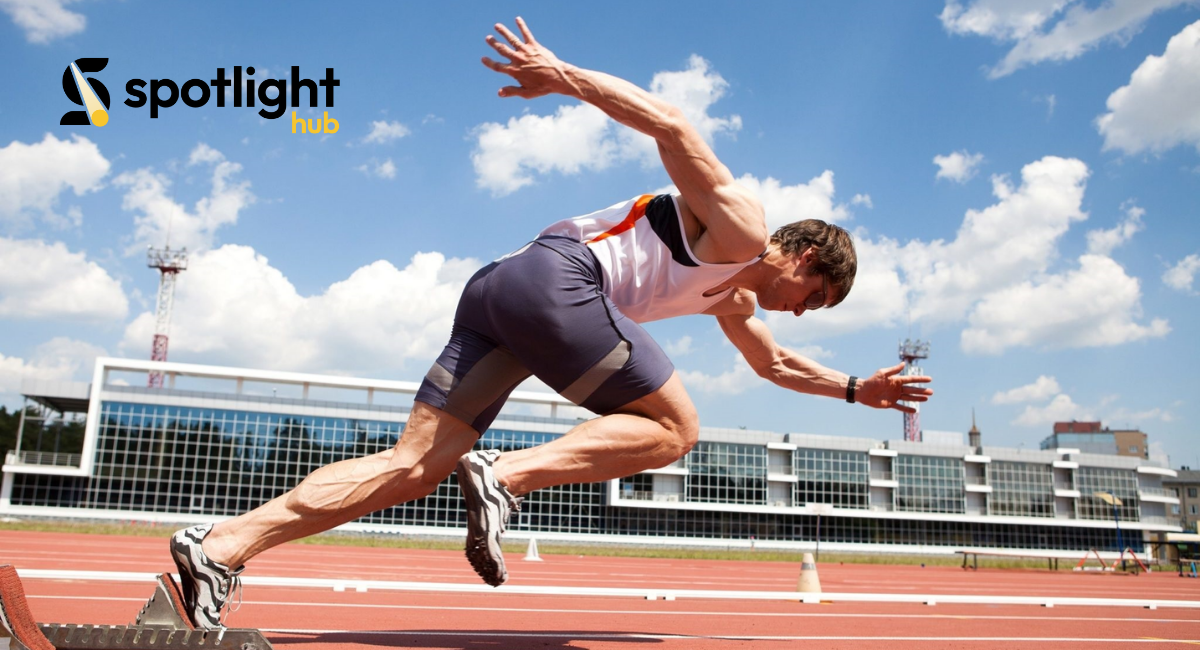As an athlete, you likely hear the terms fitness and performance often. While they may seem similar, they refer to different aspects of an athlete’s training and goals. Fitness and performance are both crucial, but understanding the difference can help you train more effectively and reach your athletic potential. In this blog, we’ll break down the differences between fitness and performance, how each contributes to an athlete’s success, and why balancing both is key to long-term athletic development.
What Is Fitness?
Fitness refers to your overall physical health and well-being. It includes aspects like cardiovascular endurance, muscular strength, flexibility, and general body composition. Fitness training is typically aimed at improving these broad physical attributes, regardless of the sport or specific athletic goals.
Fitness is about being healthy and having the physical foundation to handle day-to-day activities or participate in a variety of sports. It’s the baseline that helps you perform better in any physical activity.
Key Components of Fitness:
- Endurance: The ability to sustain physical activity over time, whether it’s running, cycling, or swimming.
- Strength: The capacity to exert force, which is essential for lifting, sprinting, or explosive movements.
- Flexibility: The range of motion in your joints, which helps prevent injuries and improves overall mobility.
- Body Composition: The proportion of muscle, fat, and bone in your body, which can affect performance in various sports.
What Is Performance?
Performance, on the other hand, refers to how well an athlete can perform in their specific sport or activity. Performance is often more specialized and directly related to the demands of the sport. For example, a soccer player’s performance is not just about being fit; it’s about how well they can execute soccer skills under pressure, such as sprinting, passing, shooting, and dribbling.
Performance training is designed to improve specific skills required for success in a particular sport or competition. It often involves sport-specific drills, speed work, agility training, and mental preparation to excel under competitive conditions.
Key Components of Performance:
- Sport-Specific Skills: The technical abilities required to excel in your chosen sport (e.g., dribbling in basketball, passing in football).
- Speed and Agility: The ability to quickly change direction and move explosively, essential for many sports.
- Power: The combination of strength and speed needed for powerful movements like sprinting or jumping.
- Mental Toughness: The ability to maintain focus, confidence, and composure during competition or high-pressure situations.
The Difference Between Fitness and Performance
The main difference lies in the focus and application. Fitness is a general state of physical health and readiness, while performance is about applying that fitness in the specific context of a sport. Fitness provides the foundation, but performance takes it further by honing in on the specific abilities and techniques required to compete at a high level in a particular sport.
For example, a marathon runner may have excellent cardiovascular fitness, but their performance is determined by how well they can pace themselves, maintain energy levels, and push through mental barriers during the race. A sprinter may have outstanding leg strength, but their performance is based on their ability to explode off the starting blocks and reach top speed in a fraction of a second.
Why Both Fitness and Performance Are Important
1. Fitness as the Foundation for Performance
Fitness is essential for performance. Without a solid foundation of endurance, strength, and flexibility, an athlete won’t be able to reach their peak in their specific sport. A well-rounded fitness program improves overall health and gives athletes the energy, mobility, and strength they need to excel in their performance training.
For example, a soccer player who focuses on general fitness (like running and strength training) will be able to perform better on the field when it comes to sprinting, tackling, or making powerful passes.
2. Performance Enhances Athletic Success
While fitness is important, performance training is what sets an athlete apart in their sport. It’s the combination of strength, skills, and mental toughness that allows athletes to perform well during competition. Performance training focuses on the specific demands of the sport, so athletes can apply their fitness to the actual tasks they need to perform.
For instance, a basketball player’s fitness may include running and strength training, but their performance on the court is determined by their ability to make accurate shots, handle the ball under pressure, and outmaneuver defenders. Performance training hones these skills, ensuring that fitness translates into success in competition.
Balancing Fitness and Performance in Training
To become a well-rounded athlete, it’s important to find a balance between fitness and performance training. Fitness gives you the physical base, while performance ensures you can use that fitness effectively in your sport. Here’s how you can balance both:
1. Start with Fitness
If you’re just starting out or coming back from an injury, focus on building your fitness first. Start with general fitness training that includes cardiovascular exercises, strength training, and flexibility work. This provides a solid base of fitness that will make your performance training more effective later on.
2. Add Sport-Specific Training
Once your fitness is at a good level, you can start adding performance-focused training. This involves drills, exercises, and routines that are specific to your sport. For example, if you play soccer, your performance training might include sprinting drills, ball control exercises, and agility training. If you’re a swimmer, you might focus on stroke technique and endurance training.
3. Mental Preparation
Performance also requires mental preparation. Techniques like visualization, mindfulness, and goal setting can improve your ability to perform when it counts. Working on your mental game is just as important as physical training for optimizing your performance.
4. Monitor Progress and Adjust
It’s important to regularly assess your progress in both fitness and performance. Track your fitness levels with tests like endurance runs or strength exercises. Monitor your performance in your sport through regular practice and competition. Adjust your training routine as needed to ensure that both fitness and performance are continually improving.
Conclusion
Both fitness and performance are essential for athletes, but they serve different purposes. Fitness is the foundation that prepares you for performance, while performance training hones your specific skills and abilities for success in your sport. By understanding the difference and balancing both aspects in your training, you’ll be able to optimize your athletic performance and reach your full potential.
Whether you’re aiming to improve your endurance, strength, or specific skills, a well-rounded training plan that combines fitness and performance will help you excel. Stay focused, train smart, and remember that success in sports comes from the perfect blend of both.










